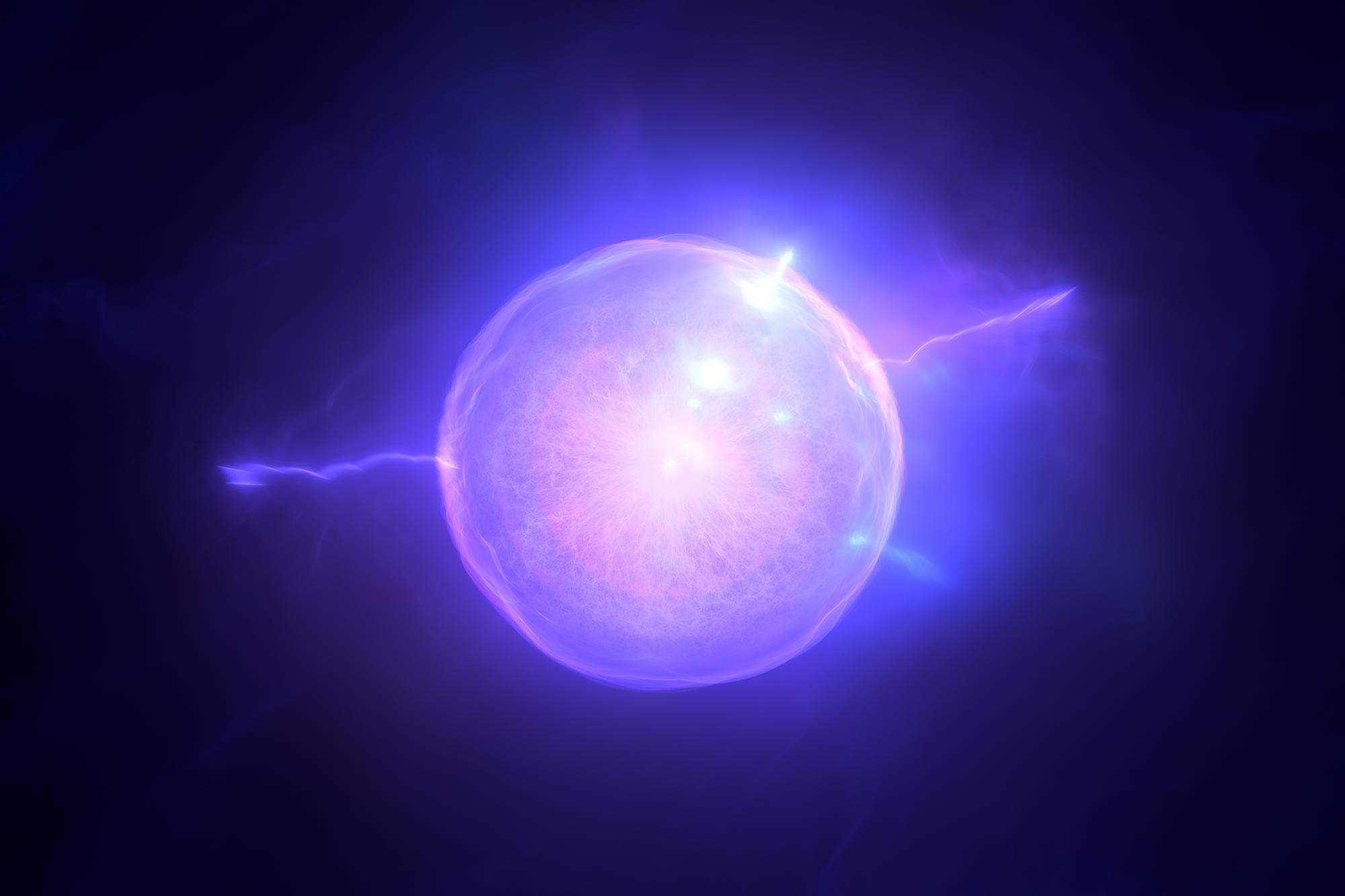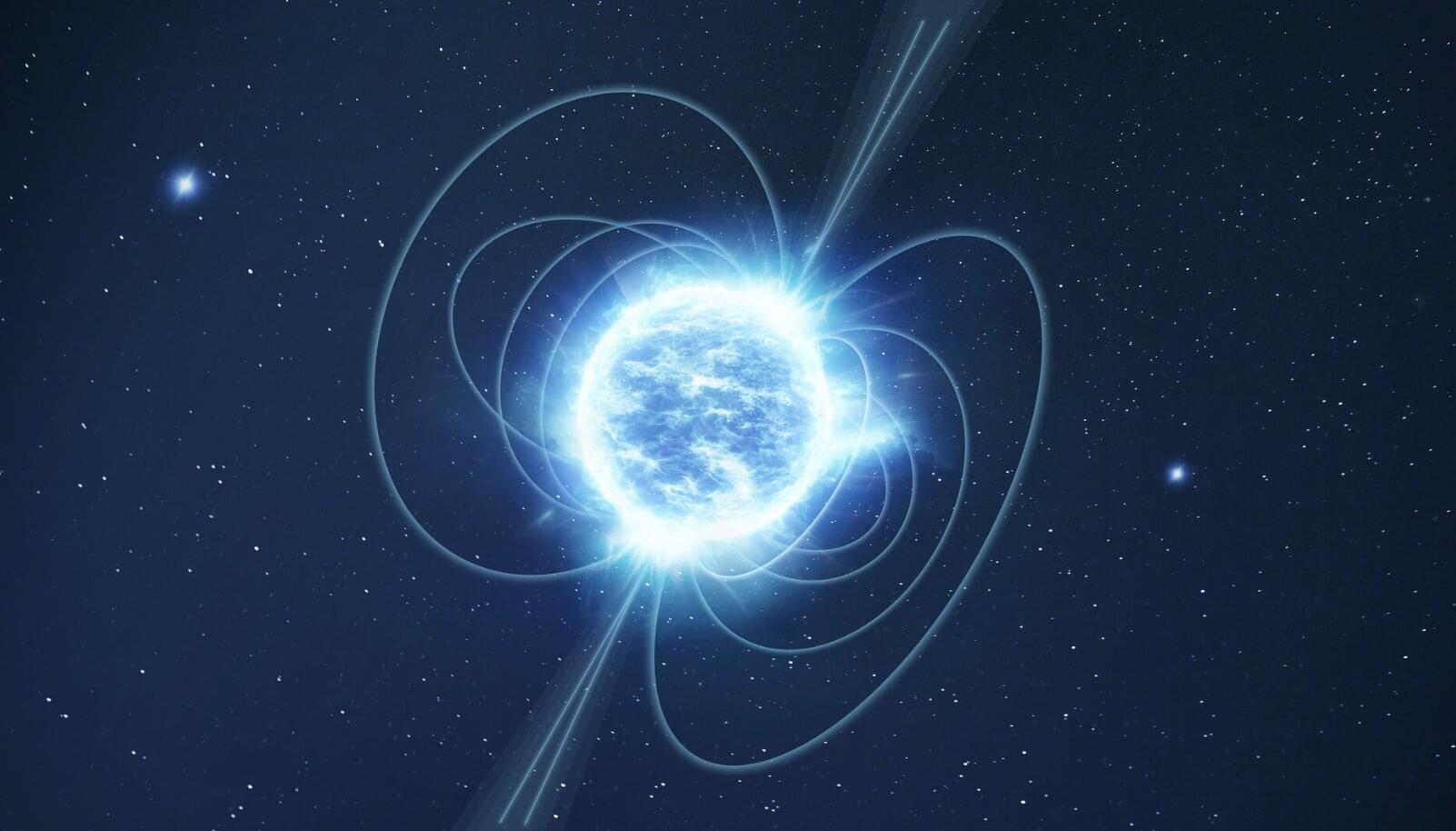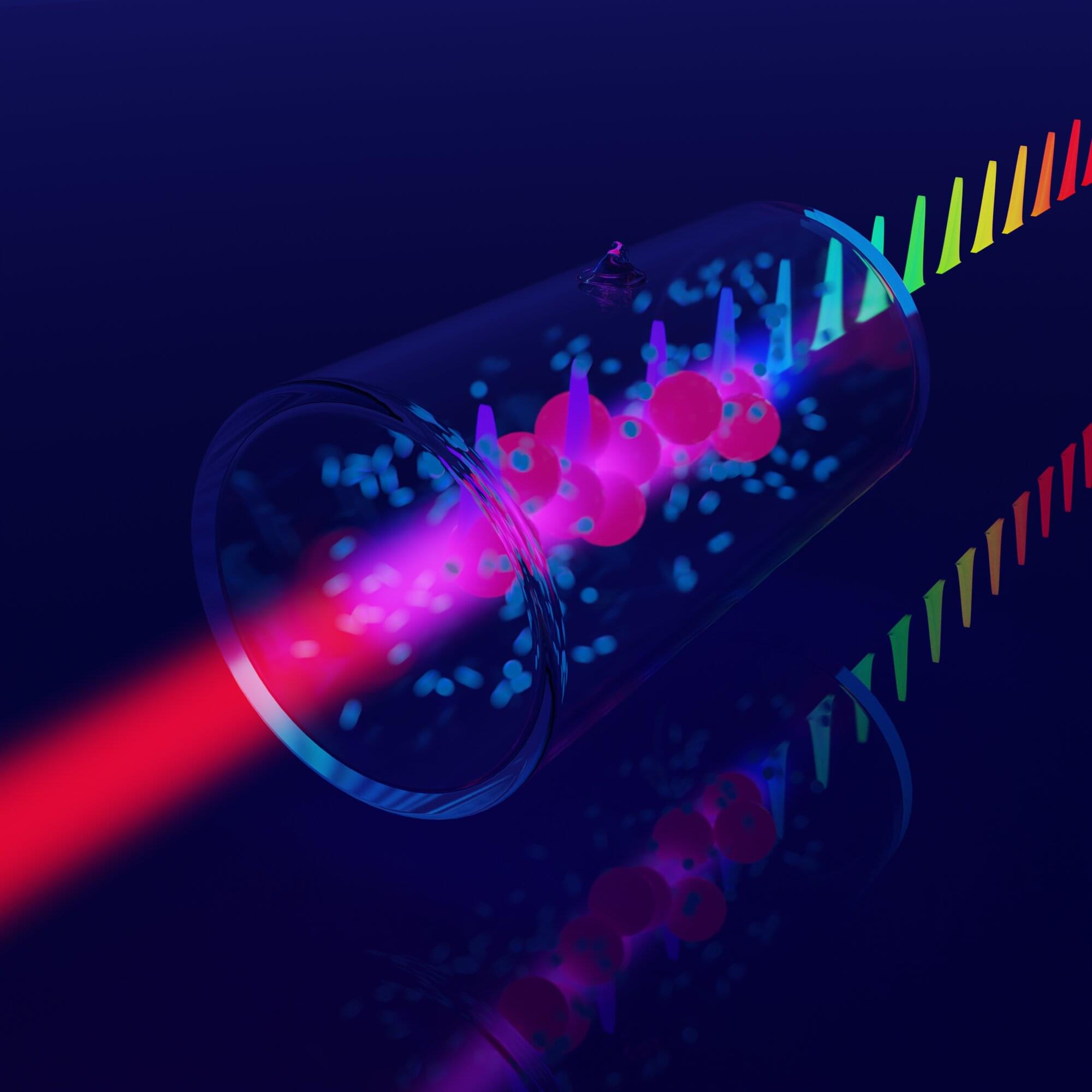Scientists from the Indian Institute of Technology Bombay have found a way to use light to control and read tiny quantum states inside atom-thin materials. The simple technique could pave the way for computers that are dramatically faster and consume far less power than today’s electronics.
The materials studied are just one atom thick—far thinner than a human hair—and are known as two-dimensional (2D) semiconductors. Inside these materials, electrons can sit in one of two distinct quantum states, called valleys. These valleys, named K and K′, can be thought of as two different “locations” that an electron can choose between. Because there are two options, researchers have long imagined using them like the 0 and 1 of digital computing, but on a quantum level. This idea is the foundation of a rapidly growing research field called valleytronics.
However, being able to reliably control which valley electrons occupy—and to switch between them quickly and on demand—has been a major challenge. “Previous methods required complicated experimental setups with carefully tuned circularly polarized lasers and often multiple laser pulses, and they only worked under specific conditions,” said Prof. Gopal Dixit.







